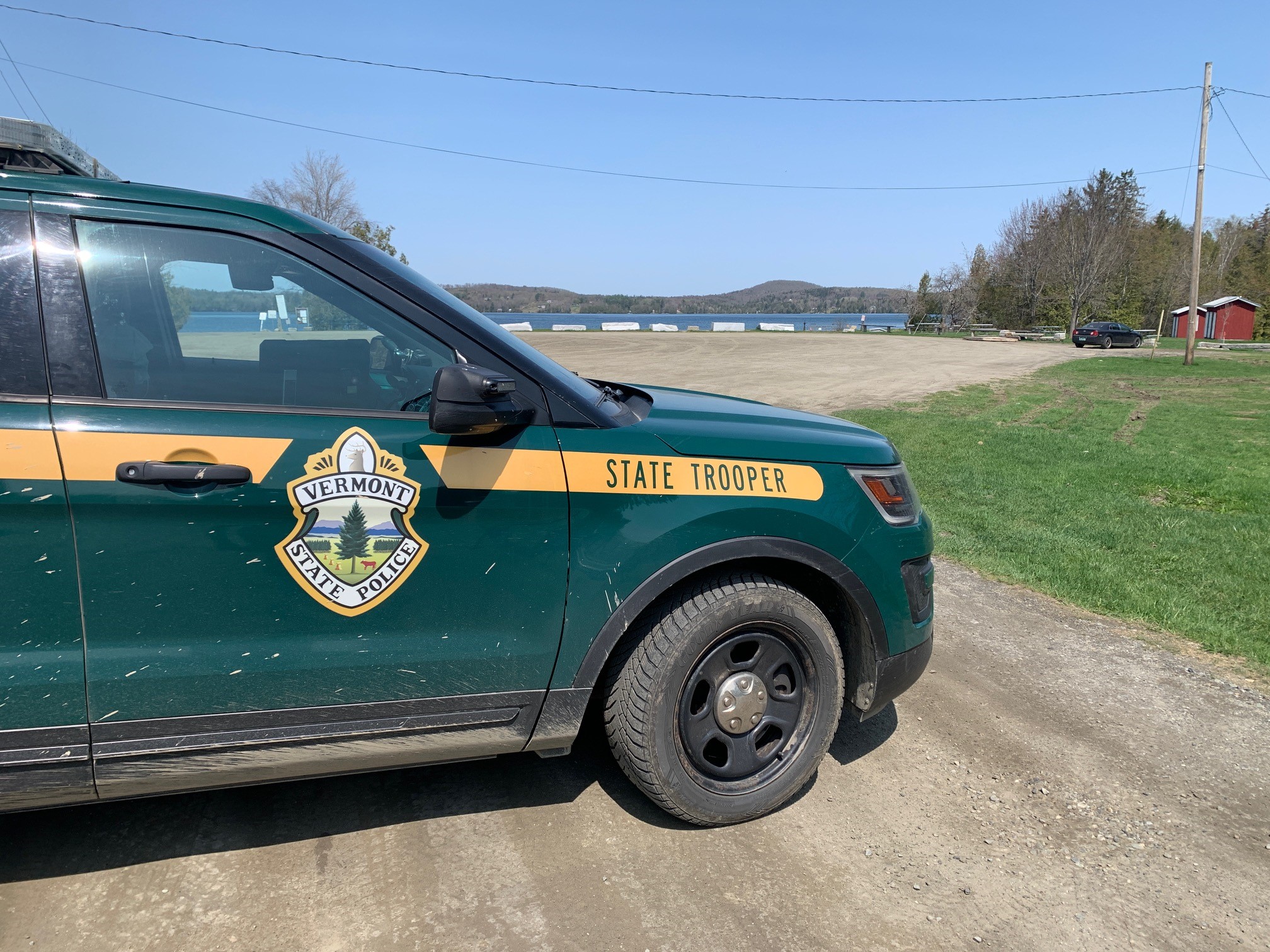Residents of Boston may soon see work crews in their neighborhoods. The city is working to install 500 speed humps each year as part of the city’s “safety surge.”
“What we hear from people all over the city is that there are too many cars that are speeding through residential neighborhoods and people don't feel safe,” said Jascha Franklin-Hodge, Boston’s Chief of Streets. “So we've put in place a safety surge program that's intended to speed the delivery of key safety infrastructure throughout the city and in our residential streets. One of the primary ways we're doing that is by adding speed humps, where our goal is to eventually put them on every residential street in Boston, that's about 400 miles of streets.”
Speed humps are designed to be shorter and wider than the types of speed bumps that are typically used in shopping centers and aim to allow drivers to drive over them comfortably at 20 miles per hour or less.
“We're very excited that the city is moving in this direction,” said Brendan Kearney, Co-Executive Director of Walk Massachusetts, a pedestrian advocacy organization. “Just last year statewide, there were 435 fatal crashes involving all modes of traffic. That was only the second time that there were over 400 fatal crashes in at least the last 14 years. There were actually 101 fatal pedestrian crashes, which is significantly higher than the average that happens in Massachusetts. That's very concerning, so we're really glad that the city has really prioritized slower streets.”
Get Boston local news, weather forecasts, lifestyle and entertainment stories to your inbox. Sign up for NBC Boston’s newsletters.
He said in prior years the city would invite communities to request this type of traffic calming measure be implemented in their neighborhood.
“What they found was so many people are clamoring for it, so like there wasn't enough capacity, whether staff or budget wise to do it everywhere,” said Kearney.
Franklin-Hodge said a budget surplus and state funding allowed the city to set aside $13 million for this project over the next three years.
Local
In-depth news coverage of the Greater Boston Area.
This page on the city’s website includes an interactive map that shows where speed humps have already been completed, which streets are in progress and which neighborhoods will have speed humps installed by 2026.
Franklin-Hodge said the focus is on residential streets—speed humps will not be installed on larger arterial roads. They are also being installed in zones consisting of several streets in order to prevent pushing traffic to a neighboring residential street.
“We don't put them right in front of a fire station or a hospital. And we have to make sure there's some technical considerations about the grade of the street, how steep it is, and whether there's good sightlines around the curve. So we have a pretty detailed engineering guideline that lays out the criteria for where we can and can't do speed humps, but we're trying to do them in as many places as possible where it can be of benefit to our residents and neighbors,” said Franklin Hodge. “On the streets where speed humps aren't a possibility, we have other kinds of traffic calming measures and safety measures that we are also implementing as part of the safety surge, that could be redesigning an intersection so that cars take turns at a slower rate or have better visibility of pedestrians. Could be re-timing or restructuring the way the signals operate to give pedestrians a head start, or prevent turns on red lights when there's a potential for conflict.”
This week, speed humps were installed on and around Milton St. in Dorchester where residents say signs alone have not been enough to discourage speeding.
“That's been here for a long time, but nobody pays any mind to them,” resident Bob Lundbohm said referencing signs that warn drivers to drive slow and watch out for children.
“We were amazed at it how fast the cars were going. Kids around on the street, it's just, it's not right,” said resident Kathy Devilly. “They do go through the stop sign and they fly right down here to make that light. I hope that this helps.”



